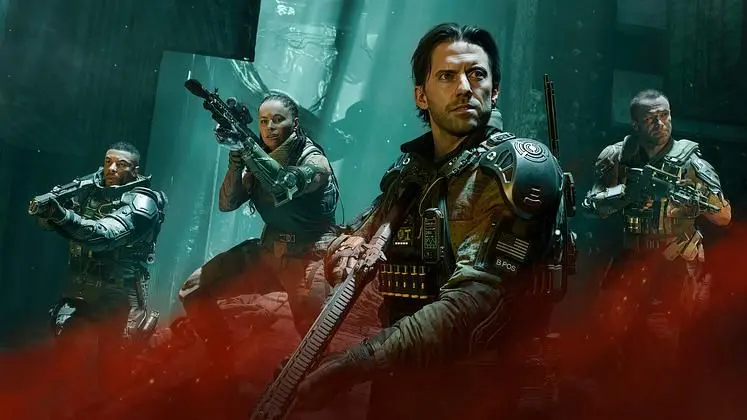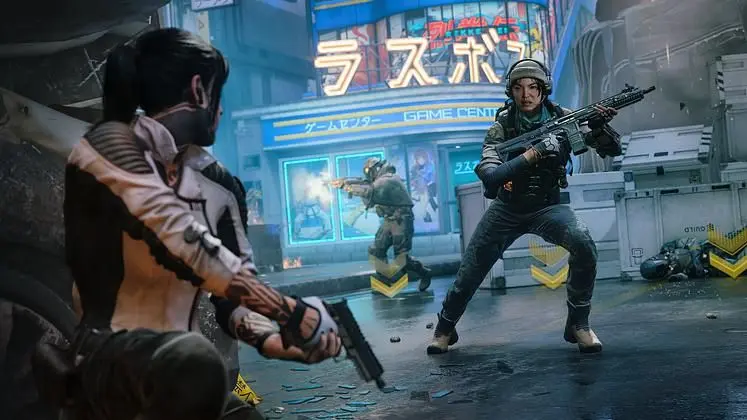Modern shooters live on a tightrope: be realistic enough to feel weighty and believable, but fun enough to keep players smiling through the tenth respawn. Call of Duty: Black Ops 7 — like its predecessors — tries to walk that line every match. The result is a game that feels visceral and tactical one second, and gloriously over-the-top the next.
If you’re curious to see how those design choices land for yourself, you can pick up a BO7 key and jump into the modes that highlight both sides: a tense multiplayer round that rewards positioning, or an arcade-like mode built for chaos.
But behind every pop of a muzzle and every cinematic killcam are deliberate trade-offs made by designers who must answer the same question: how realistic is useful, and how much realism ruins the fun?
The core tension: credibility vs. playability
Why realism helps
- Immersion: Real weapon sounds, believable recoil, and authentic animations make hits feel earned. **
-
Tactical depth:** Realistic mechanics (limited stamina, weapon sway, line-of-sight) reward planning and teamwork.
- Narrative weight: In campaign moments, realism lets story beats hit harder because stakes feel grounded.
Why pure realism fails in a game
Pacing kills: Real-world reload times, travel distances, or death consequences can become tedious.
Accessibility falls off: New players get crushed if realism demands perfect aim, memorized maps, and long learning curves.
Fun gets lost: Games must create joyful moments — dramatic jumps, spectacular killstreaks, or absurd weapons — that pure simulation would ban.
The developers’ job is to select which real-world elements add satisfying complexity and which to simplify so that matches stay energetic.
Design levers that Black Ops 7 uses
The series tends to lean on a handful of reliable tools to keep both camps happy:
Tight core mechanics: Even when the setting changes, Call of Duty aims to make aiming and shooting feel immediate — that tactile feel is the backbone of both realism and fun.
Variable pacing: Modes range from slow, objective-based rounds to fast deathmatches, letting players pick a tempo that suits them.
Assist & accessibility options: Aim assist on consoles, configurable HUDs, and matchmaking lower barriers without removing depth.
Spectacle systems: Killstreaks, scorestreaks, and special abilities deliver cinematic payoff that wouldn’t exist in a strict sim.
Meaningful consequences (but not permanence): You can be decisive in a round, but respawn systems keep frustration manageable and encourage retrying.
These levers let Black Ops 7 deliver moments that feel real while preserving the immediate rewards that keep players returning.
Why it’s still so hard
Balancing realism and fun is partly a technical problem (netcode, latency, and animation fidelity matter) and partly a human one: different players want different things. Competitive ladders demand predictability and fairness; casual playlists want that blockbuster feel and cinematic spectacle. Developers must split time, resources, and user interface real estate to satisfy both groups — and every change risks alienating someone.
Final thought
Black Ops 7 isn’t trying to be a history lesson or a battlefield simulator. It’s trying to be an experience that feels credible when it matters and joyful when you need it. That juggling act explains why the series keeps iterating and why players keep debating it — because the moment those two impulses line up, the game moves from “fun” to memorable.
If you’re ready to judge the balance for yourself, picking up a BO7 key is the fastest way to jump in. And when you’re buying, trusted sellers and safe checkout matter — digital marketplaces like Eneba make it easier to find the edition you want and get playing without fuss.
For the latest gaming news, follow GameWatcher on BlueSky, check out our videos on YouTube. We sometimes include affiliate links in our posts, which grants us a small commission, thank you. Please support independent Games Media. ❤️







